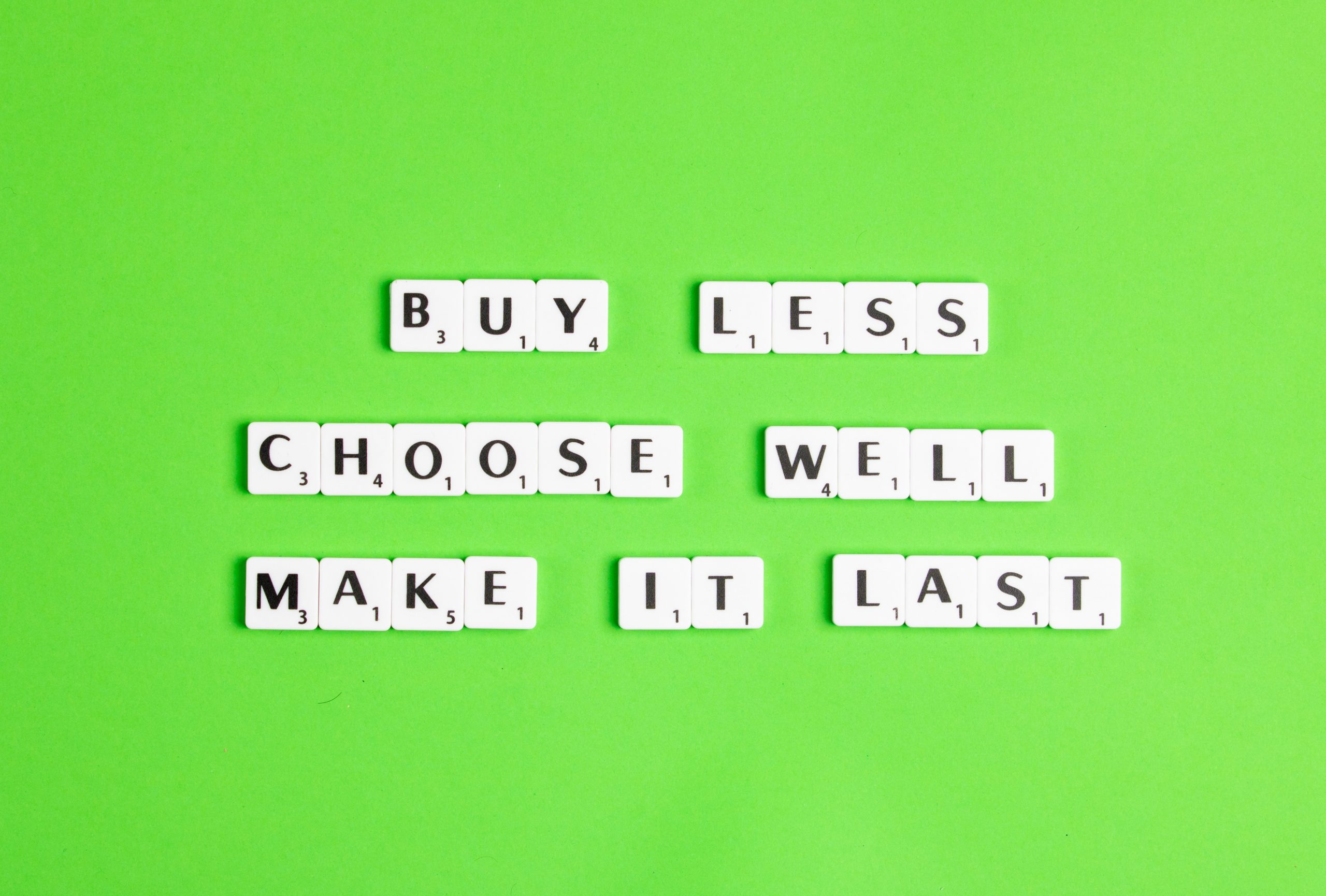How to Spot Greenwashing

Every day, consumers attempt to make the most planet-friendly choices, whether they’re buying groceries, clothing, or a new car. In 2015, Nielson Global Media reported that over 50% of consumers are willing to pay more for a product if it’s more sustainable. That number rises to 72% when just looking at Generation Z (people born between 1997 and 2012). It’s apparent that there is an attempt to support the best companies and products for our planet. Yet some businesses have exploited the public’s desire for environmentally friendly practices, tricking consumers into believing they’re making the best choices, a phenomenon known as greenwashing.
What is Greenwashing?
The definition of greenwashing varies slightly depending on who you ask, but the Cambridge Dictionary defines it as “making people believe that your company is doing more to protect the environment than it really is.” Greenwashing can take many different forms, from misleading advertisements to tricky packaging to erroneous eco-friendly labels. This differs from green marketing, when a company incorporates their planet-friendly components into their branding.
Environmentalist Jay Westervelt coined the term in 1986 when critiquing a hotel’s “sustainable” recommendation of reusing towels to save energy. The practice has occurred since the 1960s, though, when nuclear companies would brag about the environmental benefits of nuclear energy⎯ while avoiding discussions of their inadequate toxic waste management.
The History of Greenwashing
Numerous companies have had their advertisements and business practices critiqued for their greenwashing, including oil conglomerates Shell and Chevron. Just this past year, H&M was accused of greenwashing when they introduced new sustainable fibers while still producing massive amounts of clothing, a detrimental process environmentally. The company did address the complaints and has vowed to do better.
The Federal Trade Commission (FTC) has set guidelines on how companies can advertise themselves when it comes to sustainability. They are extremely specific, honing in on rules for using words such as compostable, degradable, non-toxic, recyclable, etc. They also provide marketing recommendations, encouraging companies to avoid broad and general claims⎯ if you see a company or product doing this, it’s probably a bad sign.
How to Spot Greenwashing
A great tool to think critically about how we are marketed to is the framework C.A.R.E., made by Greenpeace, a nonprofit spearheading the efforts to stop greenwashing. The acronym highlights four points consumers should keep in mind when debunking false advertising:
CORE BUSINESS: If a greenwasher’s core business is environmentally destructive, likely their environmental message is tainted with disinformation and self-interest.
ADVERTISING RECORD: When an organization’s advertising budget is larger than that which is put aside for environmental improvement; their environmental motives should be questioned.
RESEARCH & DEVELOPMENT FUNDING: By asking to what extent an organization’s research and development budget is used for developing environmentally preferable products and services, you can tell fairly quickly how serious they are about their greenwashing message.
ENVIRONMENTAL LOBBYING: Does a potential greenwashing company lobby against regulations that would reduce pollution or limit environmental degradation? Then they’re likely engaging in double-speak, spinning a green tale for you while supporting dirty methods at the same time.
Be An Informed Consumer
The FTC attempts to regulate greenwashing, but there are still those who evade or manipulate the guidelines. So, when it comes to combating greenwashing, much of the responsibility is put on the consumer. It is essential to stay educated on the companies you support and think critically about how different industries advertise to you. A general rule of thumb is businesses that are genuine about their sustainability efforts are specific about what makes their products green.
Remember, your dollar is your vote. If a company is harming the planet, but is still receiving support, they have no incentive to change. Try researching the companies you frequently buy from and see if their actions match the claims they make in their ads or on their packaging.
Some businesses create labels that declare their products to be natural or eco-friendly when they’re not. When browsing labels on packages in the grocery store, look for the U.S. Department of Agriculture’s Certified Organic label, which must meet the guidelines established by the USDA.
With so many environmental labels that differ from place to place, it can be extremely confusing to keep track of what’s authentic and what’s bogus. Ecolabel Index does the work for consumers. They have compiled research on over 450 labels from 199 countries, allowing practically any label to be confirmed as legitimate.
Greenwashing is the dark side to an extremely comforting truth: people actually want to do the right thing. Consumers are trying to make the most responsible choices and encourage businesses to have a more positive impact on the planet. And for every hoax, there is a genuine company incorporating sustainability into their practices and products. All that’s left is to do is find them.


Leave a Reply